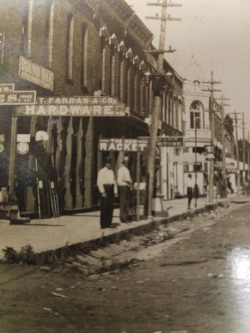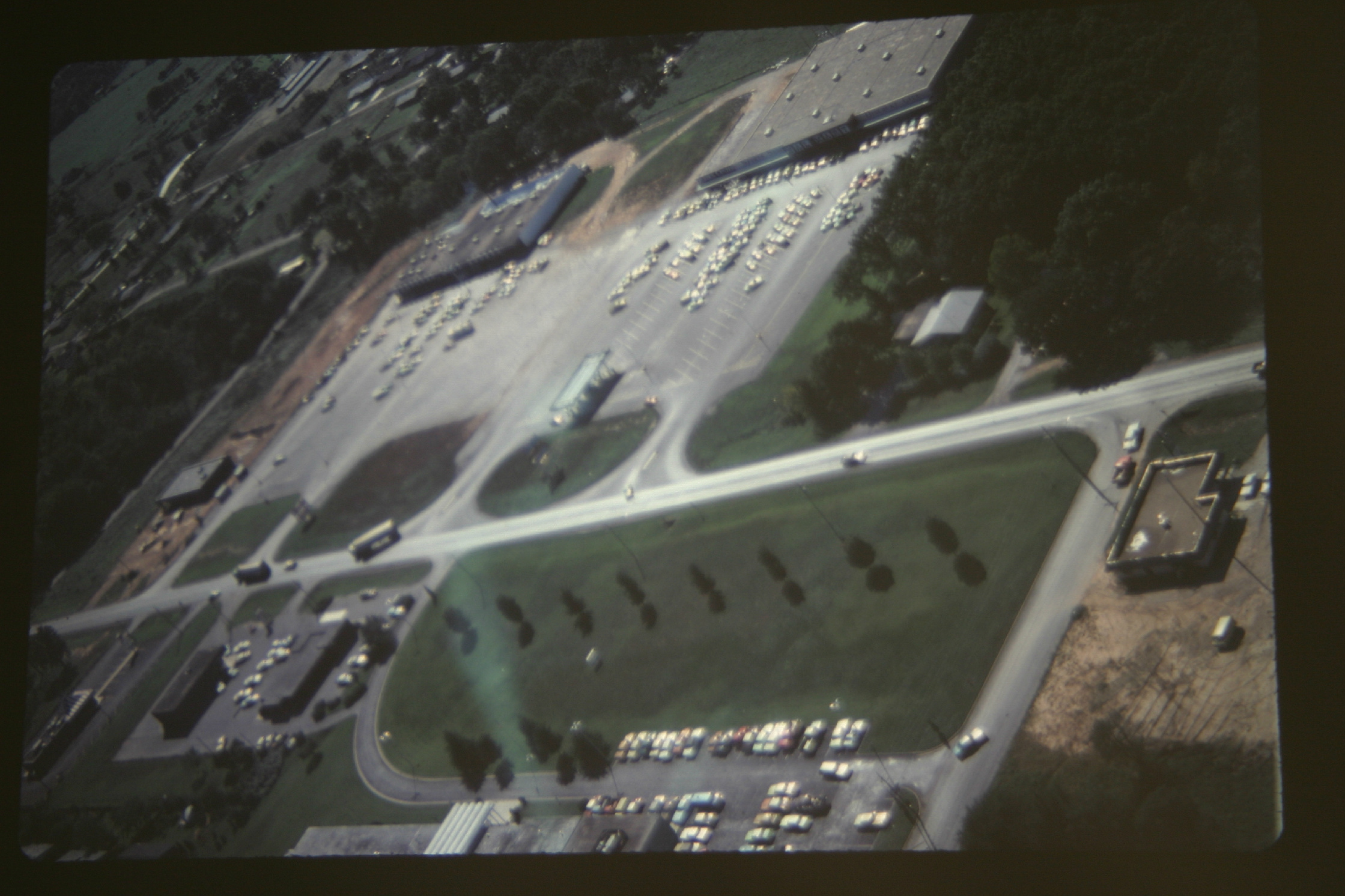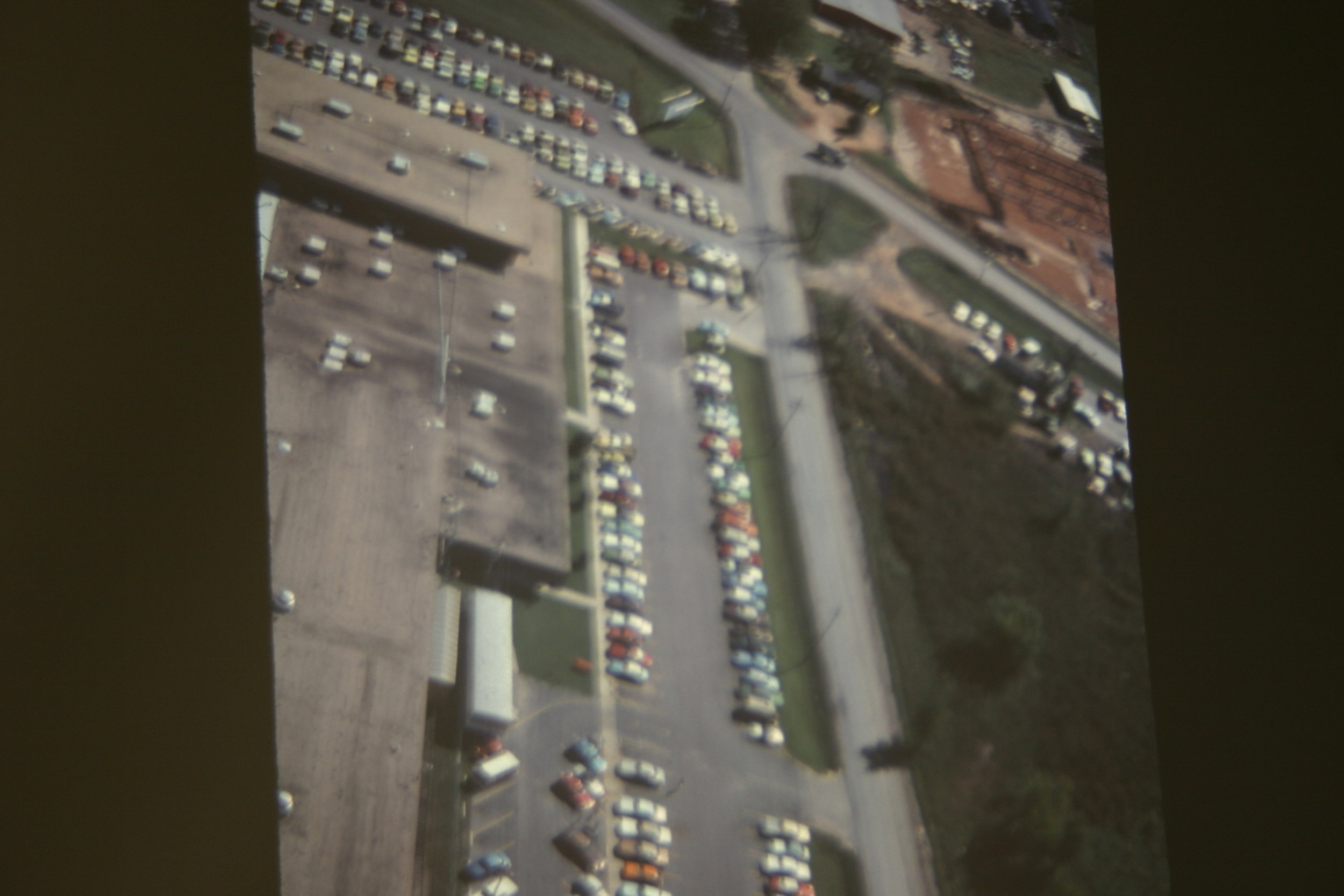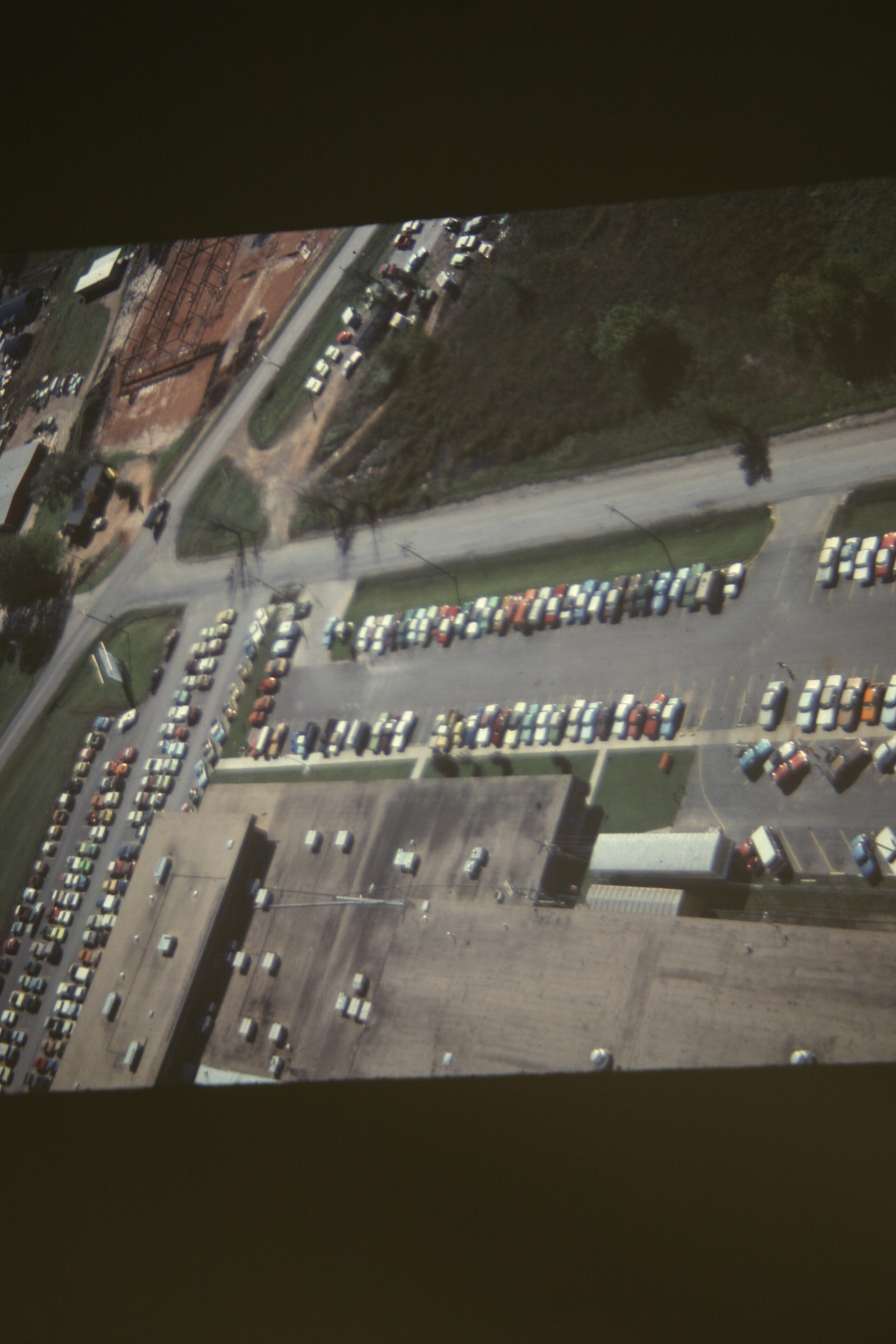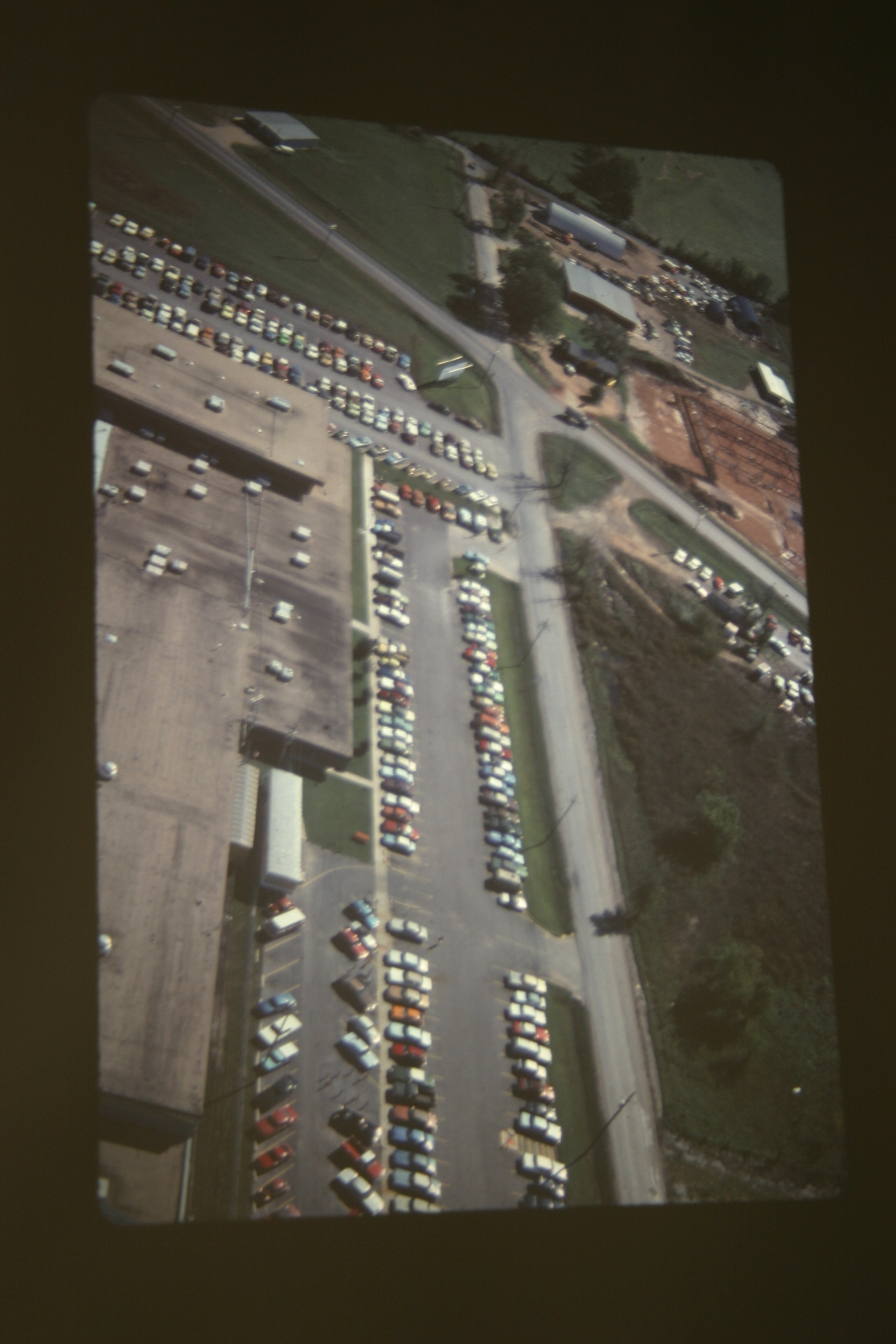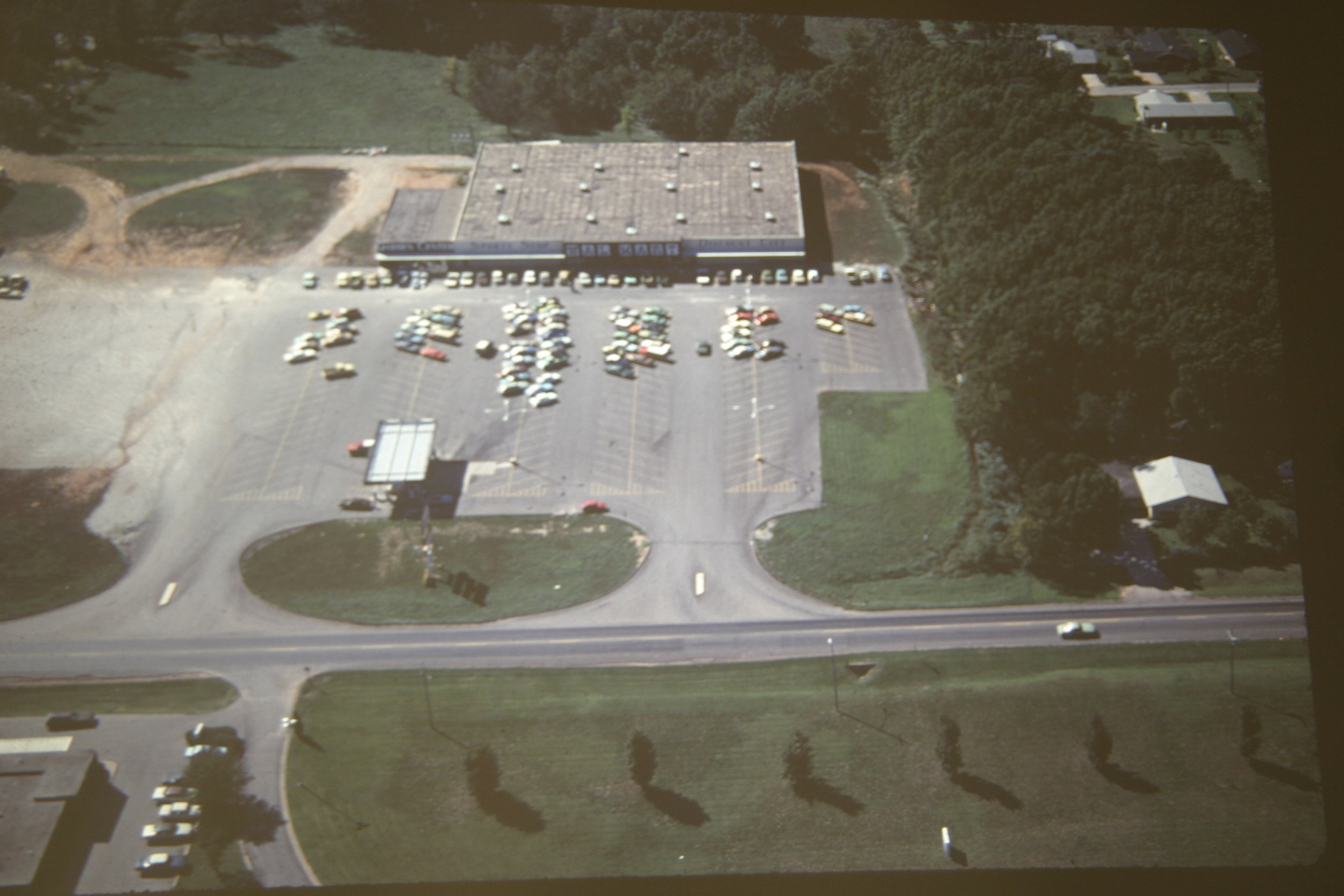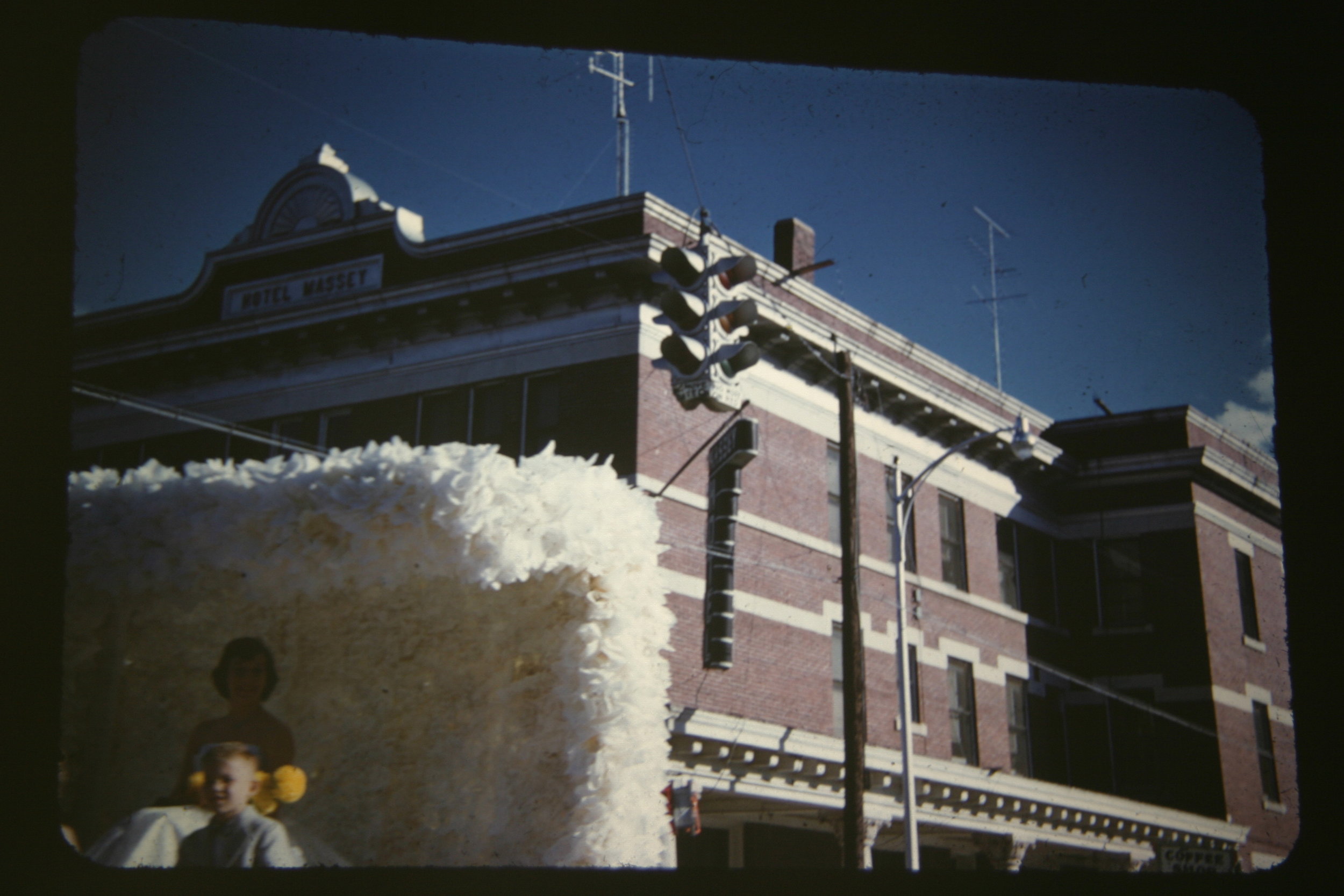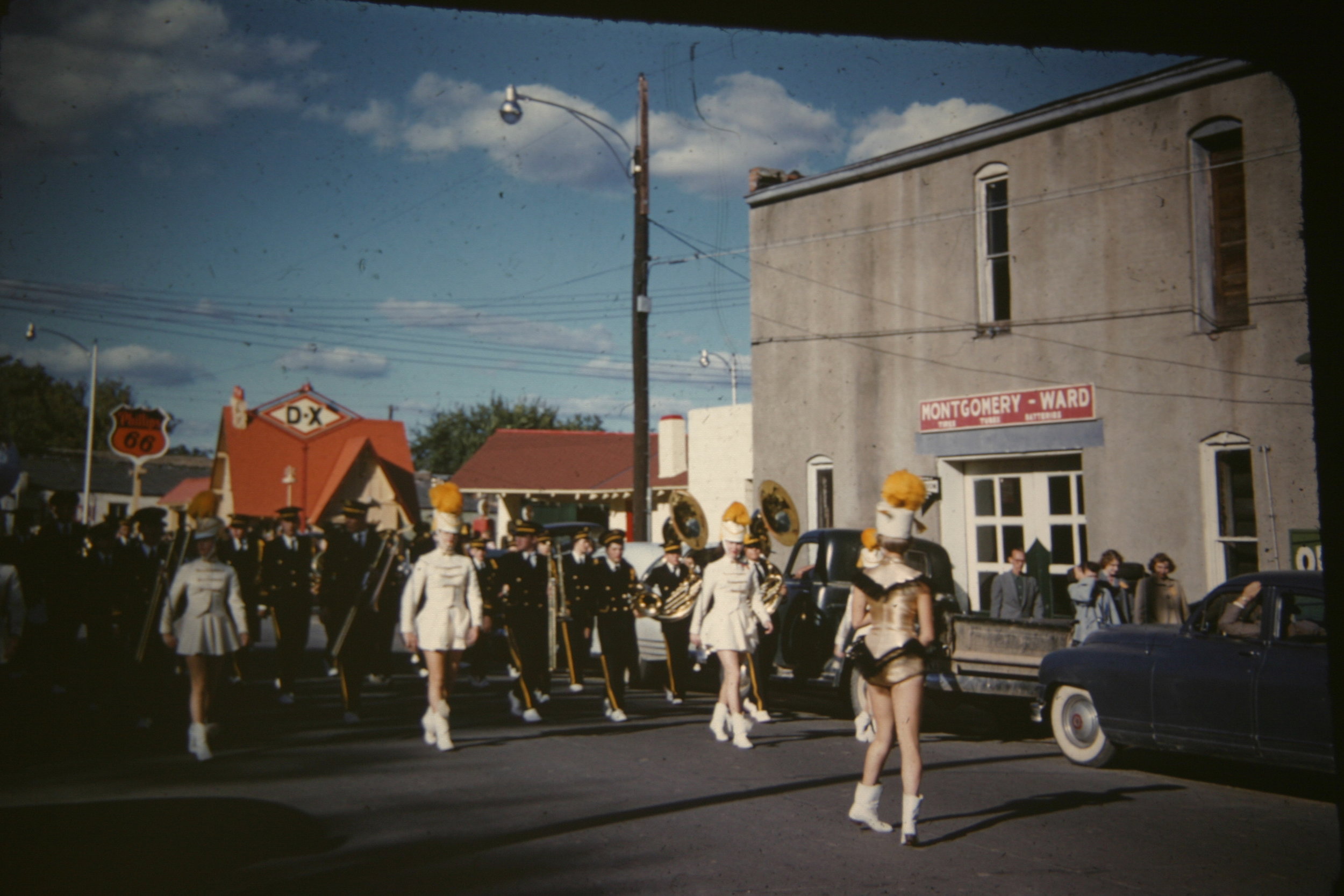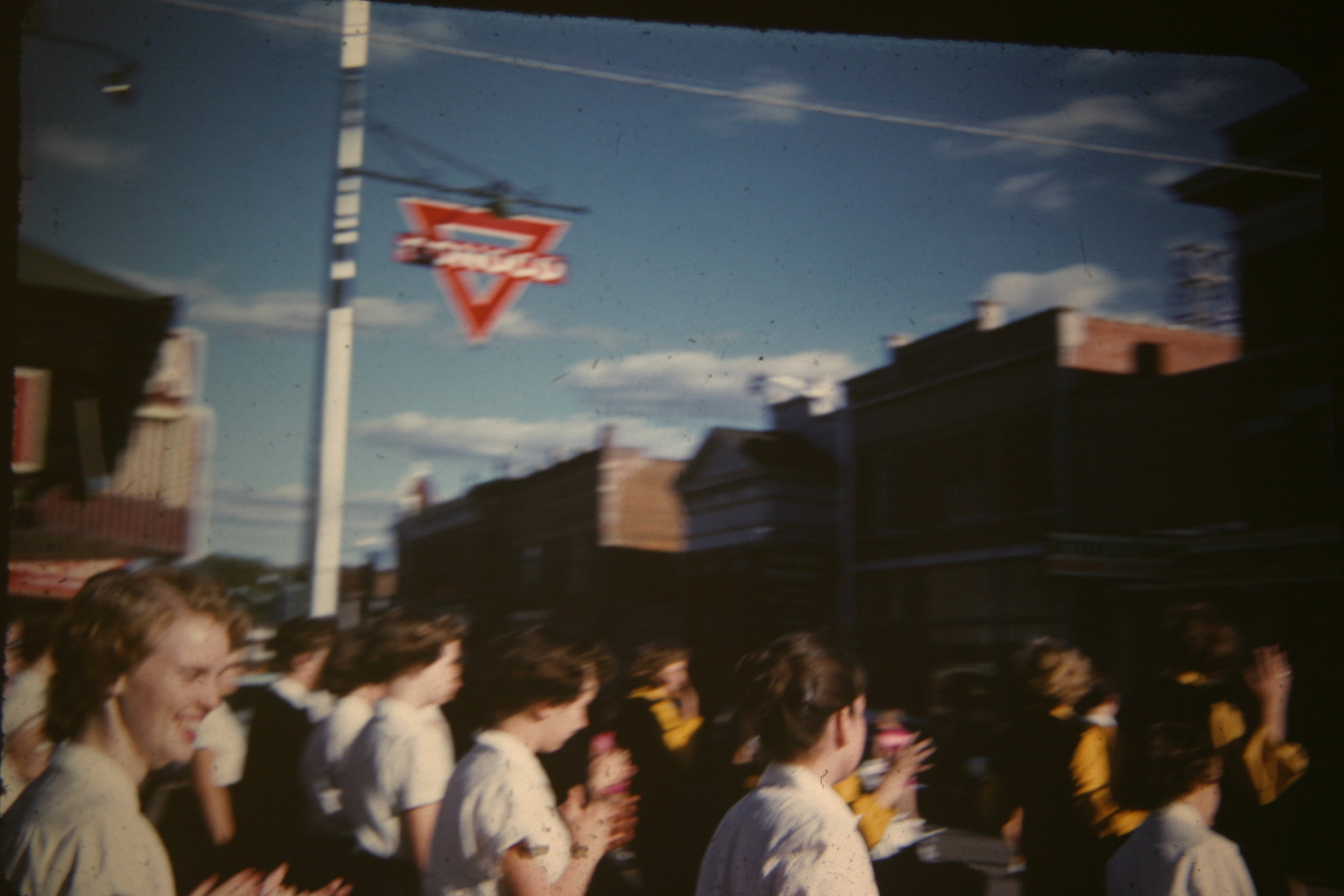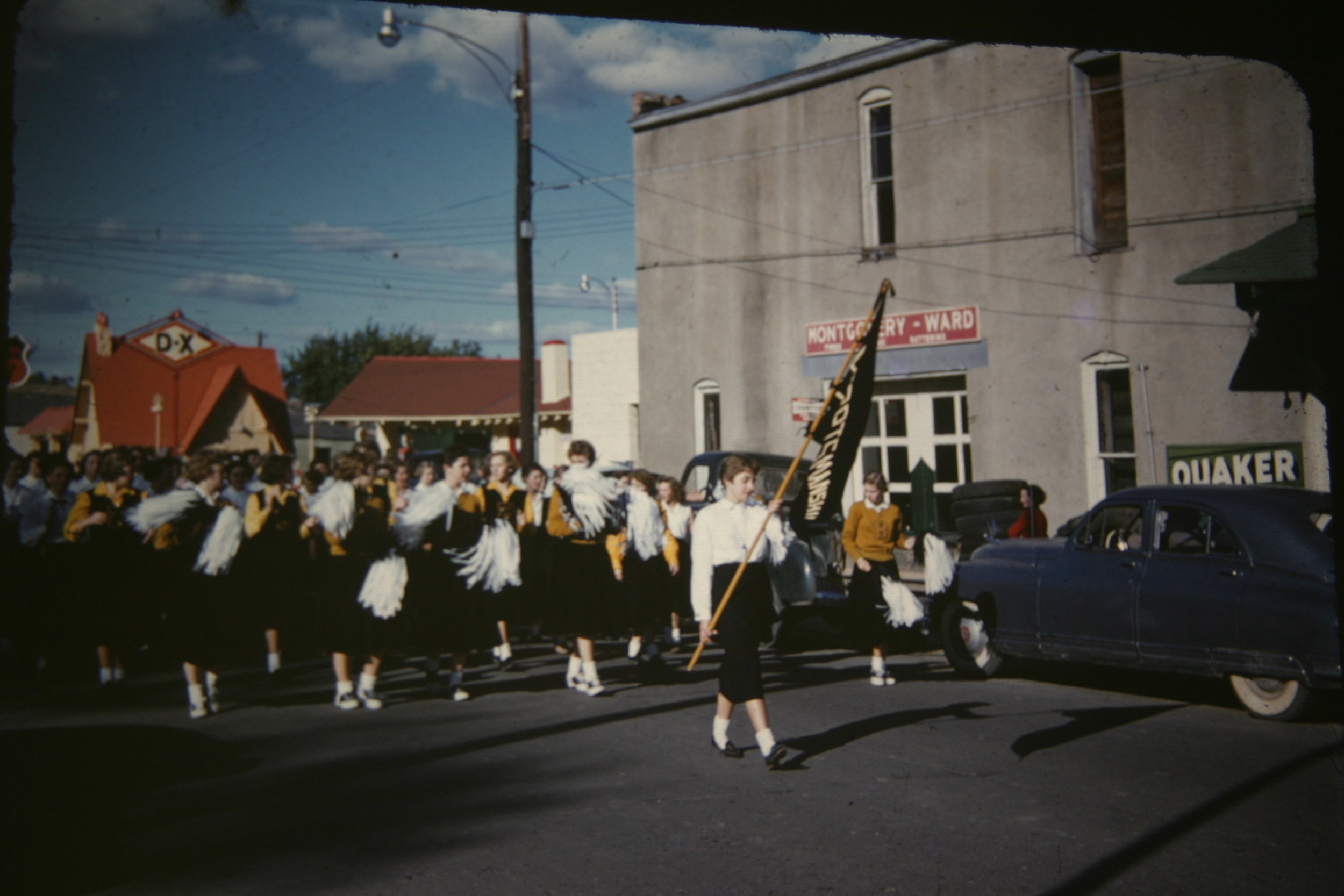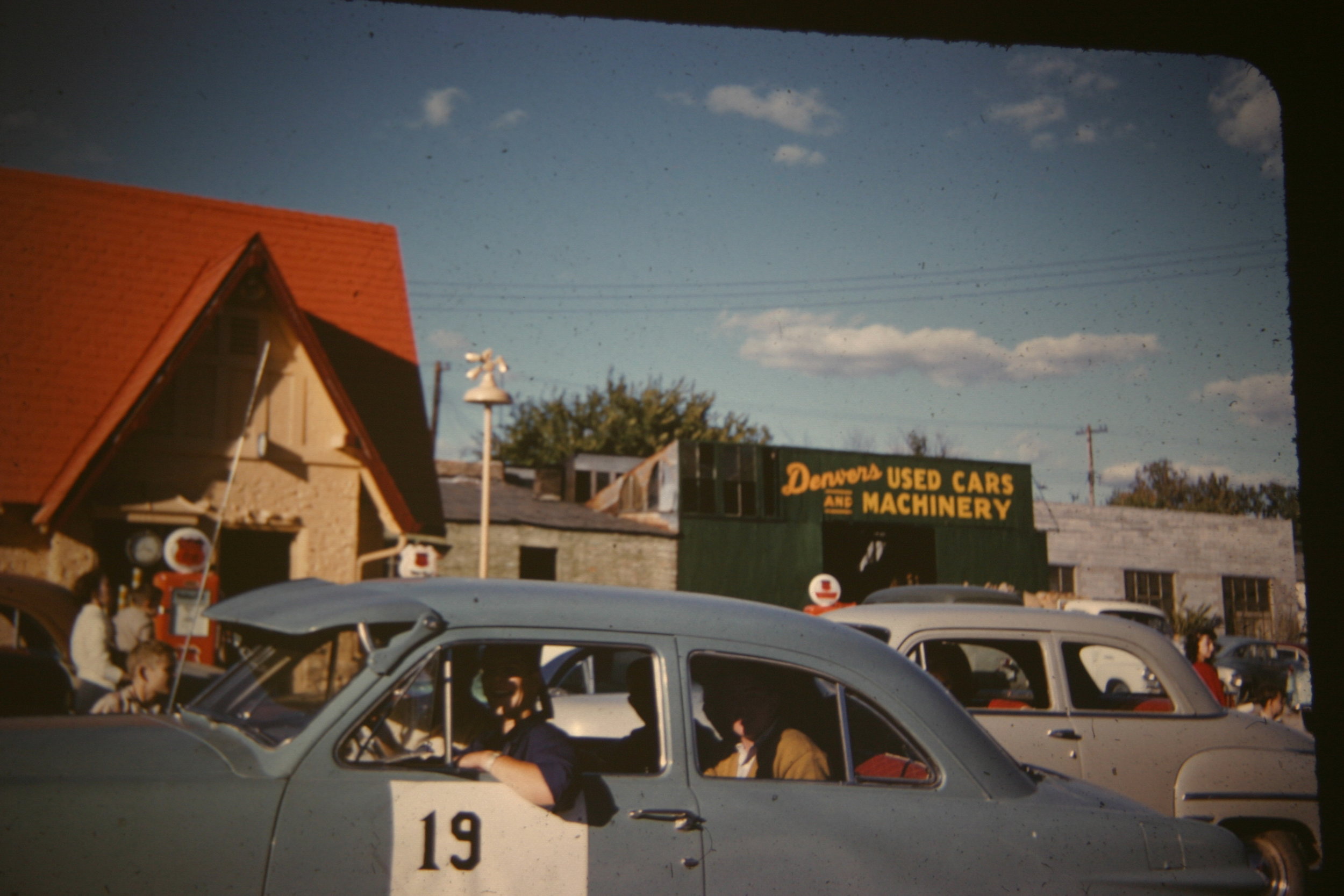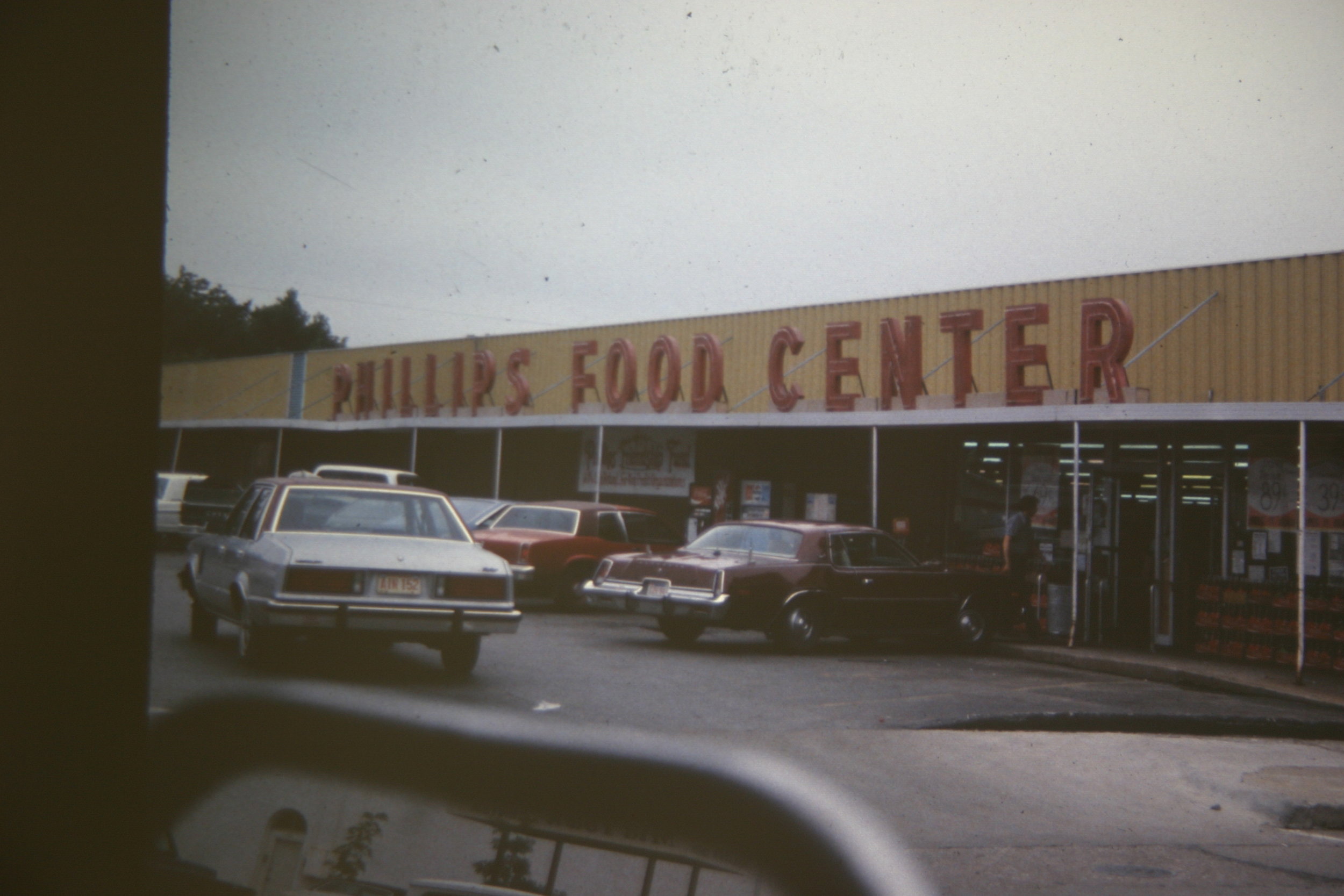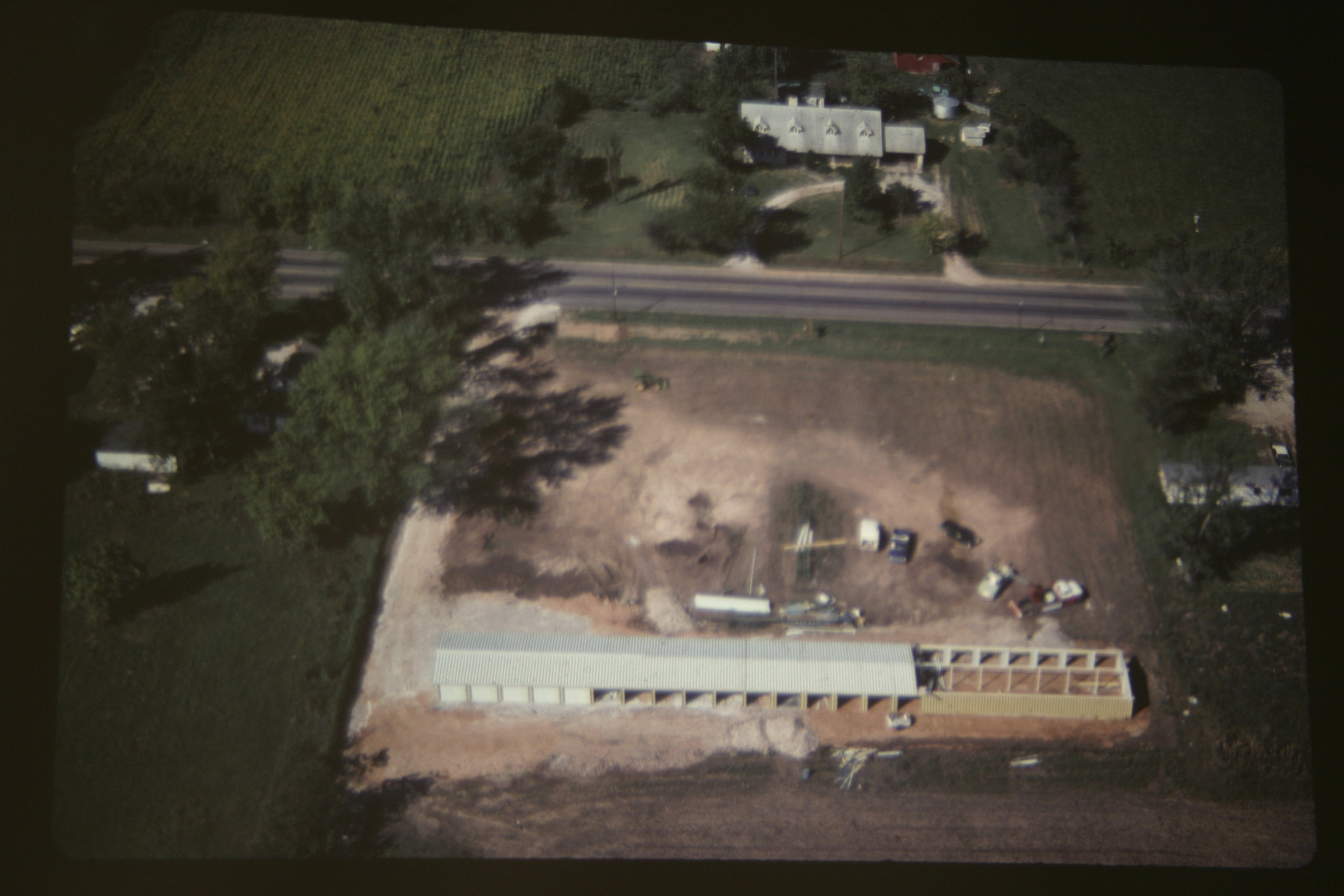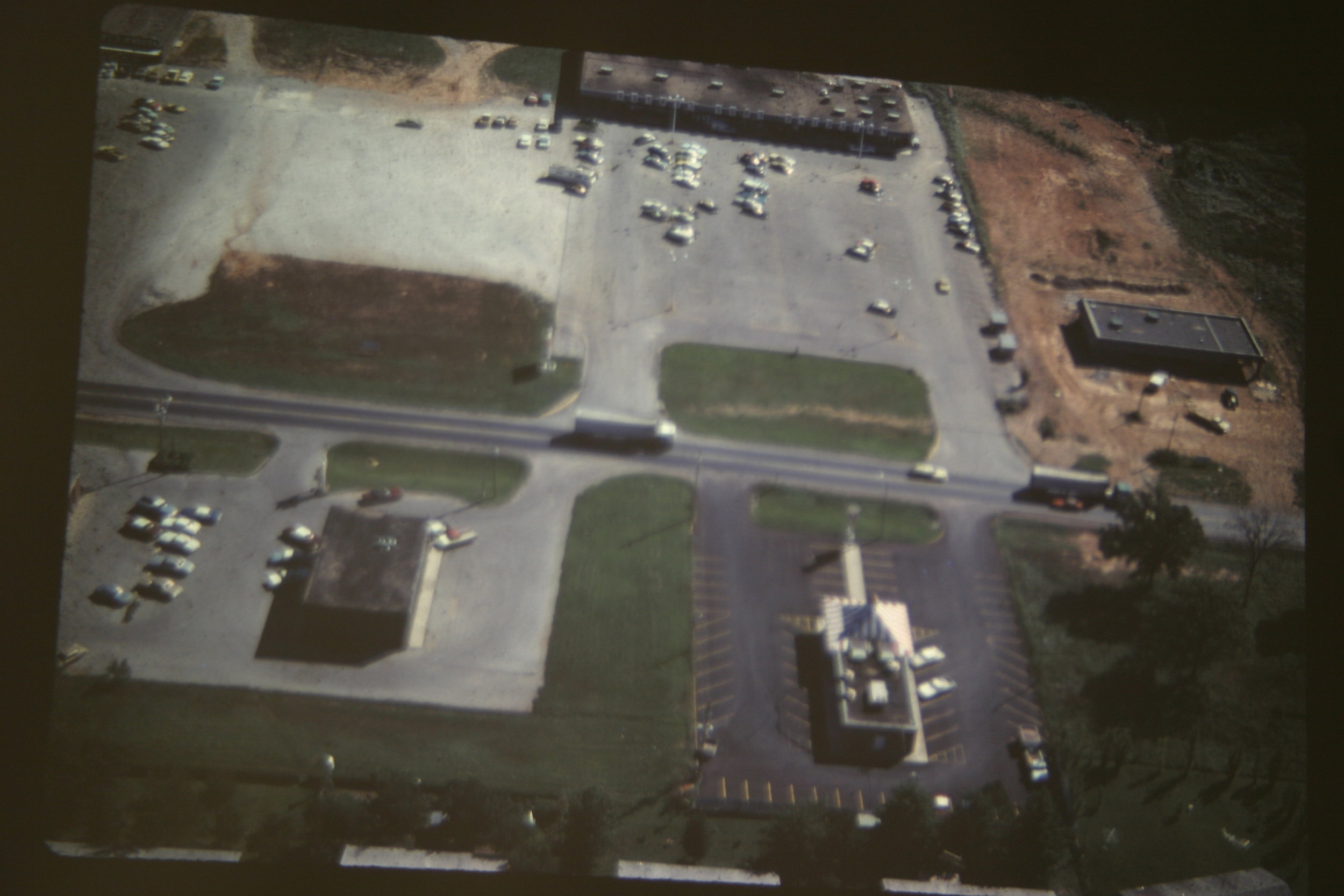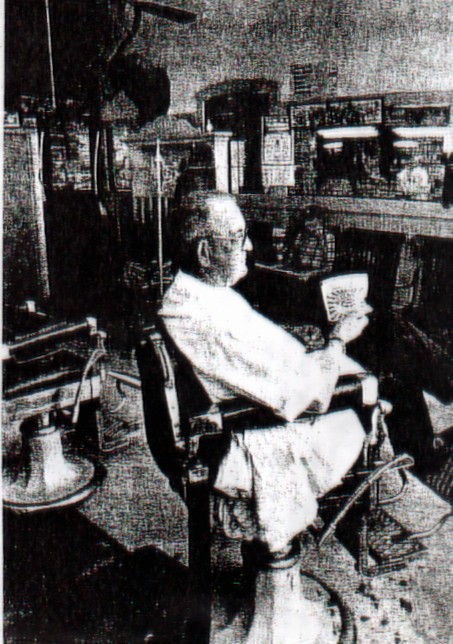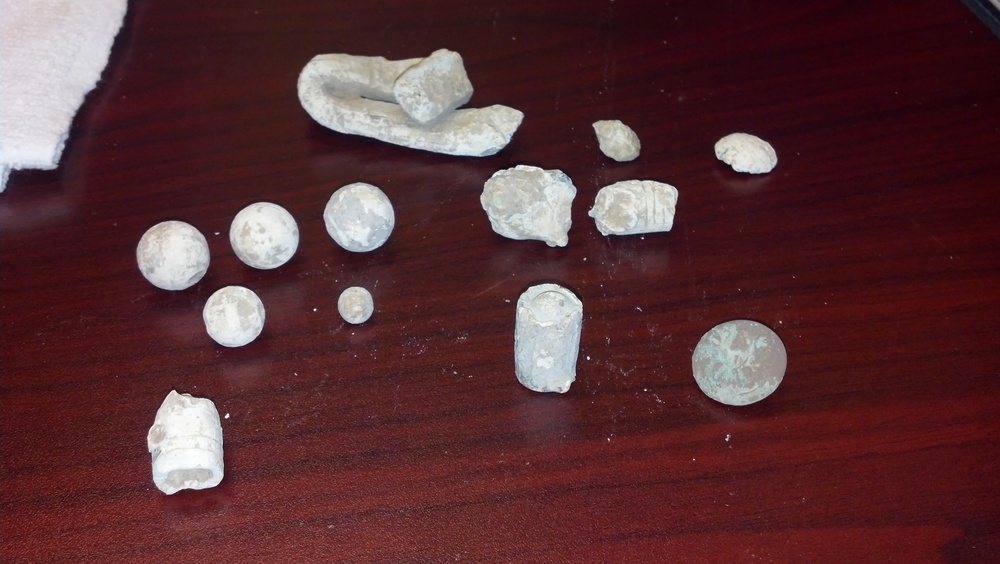Bentonville Hangouts
/The Local Hangout – Restaurants, Cafes and Drive-ins
There has for many years been a local hang-out, a place where folks can go to talk about the news of the day over a cup of coffee or the teens can go to hang out and talk about the latest school drama.
In the early days, this was likely at a lodge meeting or the barbershop, or at a school picnic or other function. As Bentonville progressed from a small hamlet into a city, these spots became more numerous and more associated with food.
Originally, the main hotel in town was the only place to get a meal that wasn’t from your own kitchen. During the Civil War, that spot was the Eagle Hotel. As we know from historical records that Gen. Sigel was there eating breakfast when he was nearly surrounded by the Confederate forces that chased him all the way to Sugar Creek before he finally received reinforcements.
Cafes became more prevalent with the advent of the automobile. There were a few small restaurants around the square prior to 1900, such as the Log Cabin, The Star, and The New Racket. These primarily served as a breakfast and cup of coffee in the morning and a quick lunch for the downtown business people.
After the turn of the century the number of cafes in town exceeds my ability to find them all. Red’s Chili Parlor was one of the more popular in 1930 and was located on South Main. Red Cavness was the proprietor, and his daughter Janie Hall tells me that there were four or five stools for customers and her mom made fresh pies in the back. Red was such a leading citizen that he deserves his own article – he ended up serving as fireman, councilman and mayor during his long life. His father Henry had also run a restaurant in Bentonville.
By the 1940’s, restaurants and cafes were everywhere. Before air conditioning, it was a treat for mom to escape the hot kitchen every now and again for a home cooked meal somewhere else. One of the most popular spots, and one that even today’s older readers might recognize, was the Horseshoe Café. Located at 107 West Central, they were in the best spot for downtown eats.
By the 1950’s there were more restaurants along State Highway 71 which ran through the middle of town. South of town, the Rainbow Curve area was more of a crossroads than a curve. The Rainbow Drive-in and the Plantation were located there. The Rainbow was on the west side of what is now Walton back when it was considered out of town. The Plantation was south of the curve, near the intersection of both Hwy 71 and Hwy 12.
Featherston’s Café was at 710 South Main, Hazel’s Café was at 117 South Main. The 71 Drive-In was at 704 SW A, the Plaza Grill at 126 West Central, and Stephen’s Café was at 707 SE 5th. The list gets longer and longer with each passing year, with restaurants starting business and ending business often within a short time of each other.
The teen gathering place in the 1940’s and 50’s was the local soda fountain. My mother and her best friend Marilyn both worked at the Crow Drug Store on West Central. There was also the Corner Drug and Applegate’s. They all had soda fountains and the kids hung out there after school, so if you worked there, you saw everybody you knew. In high school my mom wrote a little article for the paper about the ‘teen scene” and I don’t wonder where she got her information. News was a little slower back then I guess.
By the 1960’s and 1970’s nearly every teen had a car, so the local drive-in was the hot spot. All I have to do to a middle-aged Bentonville native is to mention “Dairy-O” or “Virgie’s” and their eyes glaze over with memory. Virgie’s was on 71 just north of the Peel House. The Dairy-O was right behind the Massey Hotel and was the main downtown hang-out. I’ll never forget the last day of school back in the late 60’s when our ancient bus driver Chester Douglas skipped the usual route home and took the bus to the Dairy-O, opened a fresh roll of dimes and gave every rider 10 cents to buy whatever it would buy. I think it was soft-serve ice cream for me.
If you travelled out of town, you always knew where the best drive-ins were. We all remember going to Rogers and the Besi-Dream or Susie-Q, which is still in business and really is largely the same as it was in 1965. I don’t remember Springdale as well, because if we went past Rogers, it was usually to Campbell-Bell on the Fayetteville square or Evelyn Hills shopping center for school clothes. We all remember the Minute-Man drive-in just up the road from the old Washington Regional Hospital.
It’s funny how we remember certain places and things. Remember when having a soda pop was a treat? I think the smell of food and the excitement of being somewhere besides home causes us to have a little memory bookmark, associated with friends and family and really good hamburgers.
